
Unpredictable Pacific Cup
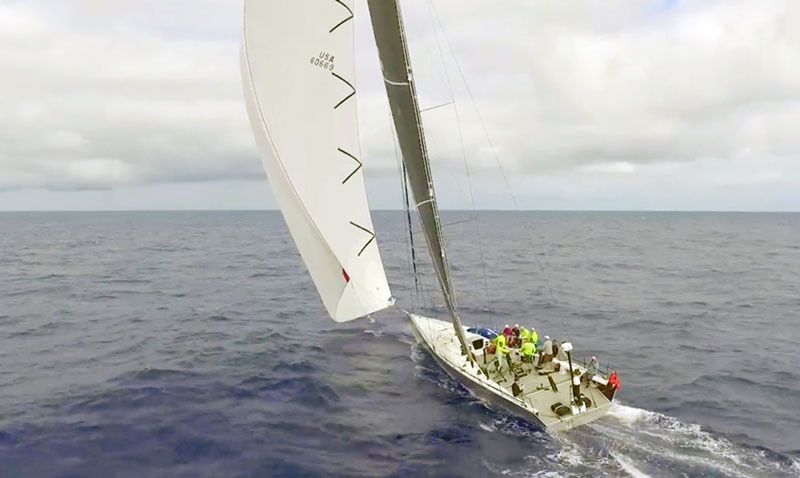
The 2018 Pacific Cup has continued to be as unpredictable as it is long. While our last report was filed just before the Friday starters departed the Bay and sailed into a forecast hole, the big boats in fact slipped away from the coast unscathed and relied on their long waterline lengths to put up big numbers and quickly make their way to the trade winds. With their better-than-expected departure and quick entry into the moderate 15-knot trades, the fastest-rated boats in the fleet have worked their way well up through the fleet, and on the leaderboard, to now assume most of the top positions.
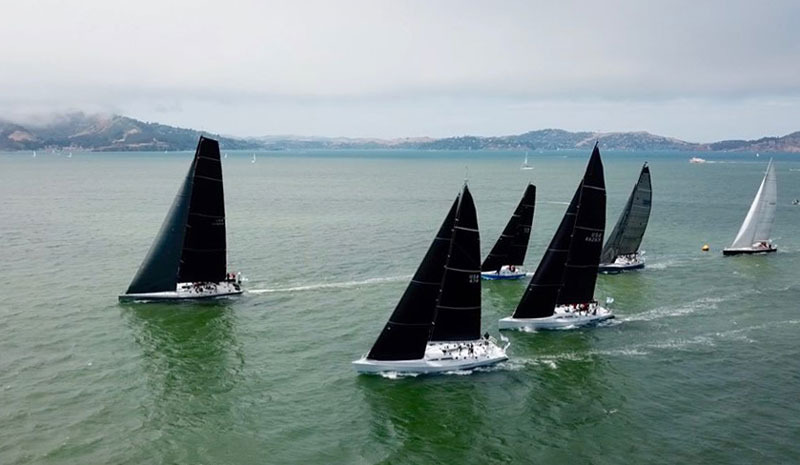
As of this writing, the Mills 68 Prospector — the fleet’s fastest-rated boat — has assumed the overall lead for the Pacific Cup, and very well may be the first boat into Kaneohe. Around 770 miles from the finish as of this writing, they are currently 300 miles behind the Beneteau Figaro 3 A Fond le Girafon, which is still the closest to Hawaii. Prospector is scooting along at close to 15 knots, while A Fond le Girafon is making about half that speed, setting up a thrilling race to see who actually gets into the barn first. Roy Pat Disney’s famed Andrews 68 Pyewacket leads the BMW of San Rafael E Division over Prospector, but is not eligible for the overall win due to carrying a specialty reaching sail that is legal under ORR, but not under PHRF, which is the rating system used to calculate the overall rankings.
In addition to Prospector’s meteoric rise up through the ranks, there has been a major shuffling of the leaderboard due to many of the top boats in the first wave of starters getting caught in light airs well north of the rhumb line. Most notably, Jim Quanci’s Cal 40 Green Buffalo, which led the race overall for much of the first week, slowed to below 4 knots of boatspeed for more than a day and a half, and tumbled down the leaderboard as a result. As of this writing, they’re quite literally tied with Bob Horton’s Cal 40 Highlander, with the two sisterships set to cross jibes at around the rhumb line and almost certainly within sight of each other.
Most of the major navigational and weather-based decisions are behind the fleet. This late into it, it’s merely a drag race to the finish in moderate trades. By our math, every single division in the race is still up for grabs, something that this writer can’t quite recall seeing this late into a Hawaii race. Even in the divisions that looked to be somewhat firmly wrapped up a few days ago, the rankings have been compressed in nearly every division.
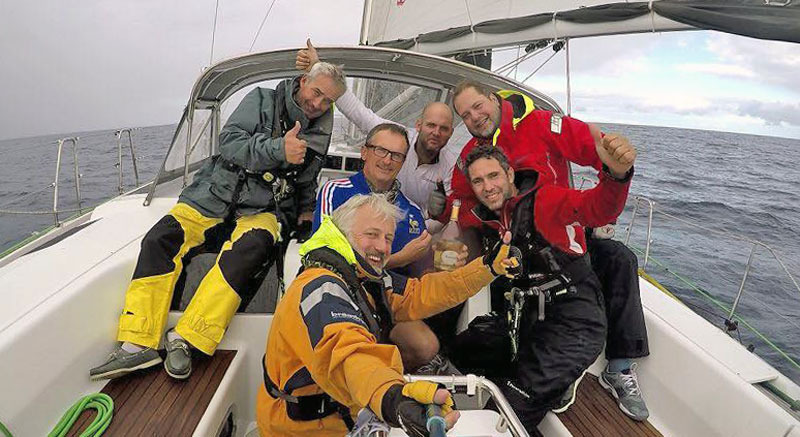
The first finishers are due in sometime on Friday, and we’ll be on the scene to bring you all of the action in upcoming reports. Grab the popcorn and tune into the tracker, as the best part is yet to come.
Another Mystery Boat
Readers, there’s another mystery boat out there. We got the following letter from Steve Fisher.
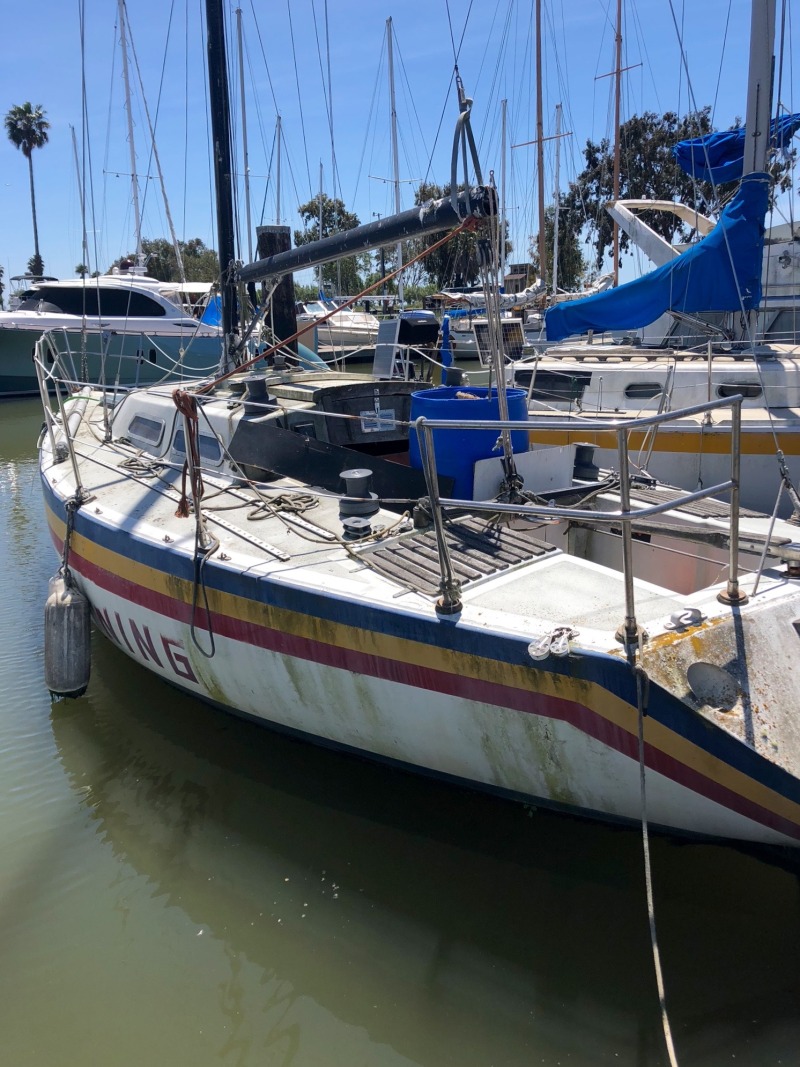
I have a boat that I bought a few months ago, which came with a new California-issued CF number. I was going to scrap it for the lead, but I just can’t do it. It’s just too darn pretty. It was sold to me as a Gary Mull 30, but I’m not sure. It’s maybe an early-’80s Dione 98, and goes by the name of White Lightning. I think it was in the East Bay somewhere before going upriver to Napa.
If one of your readers could help me find an old owner who might even have old paperwork, it would be much appreciated.
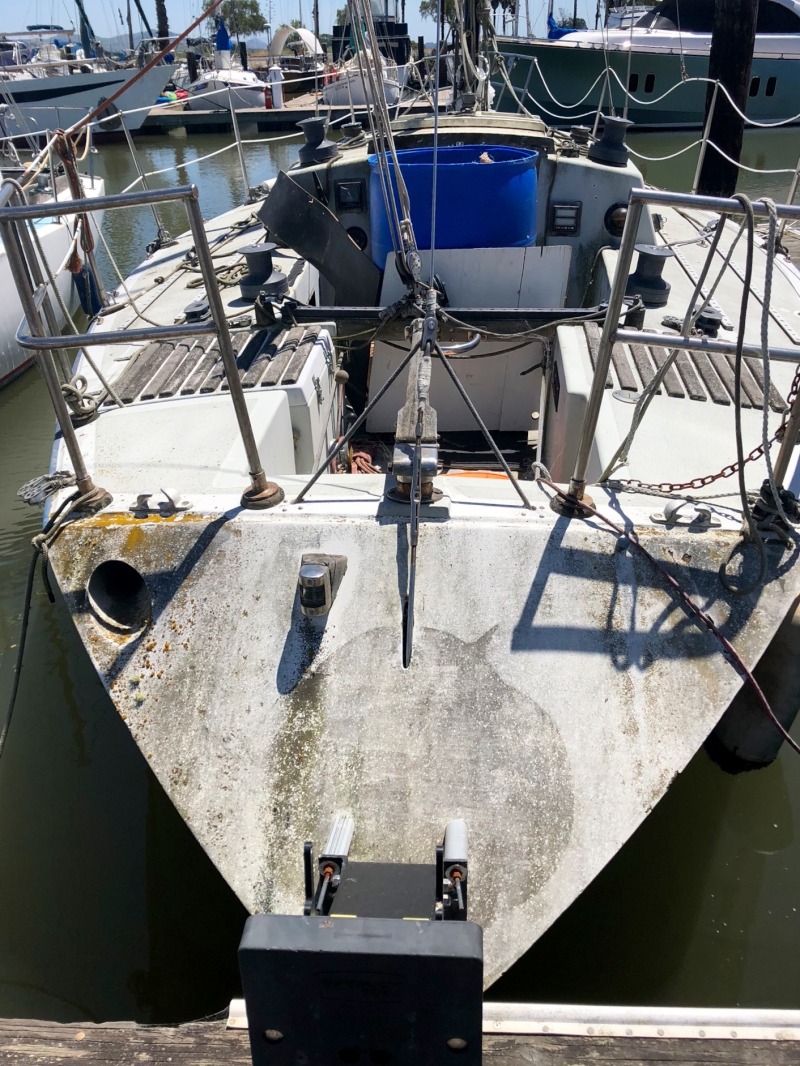
Any guesses? Please email us here, and we’ll pass the information along to Steve.
Baja Ha-Ha Provisioning
If you’re heading south with the Baja Ha-Ha this fall, you may have questions about provisioning for a longer stay in Mexico. All medium to large cities in Mexico have US-style big box stores: Costco, Wal-Mart, Sam’s Club, Soriano, Mega, and others.
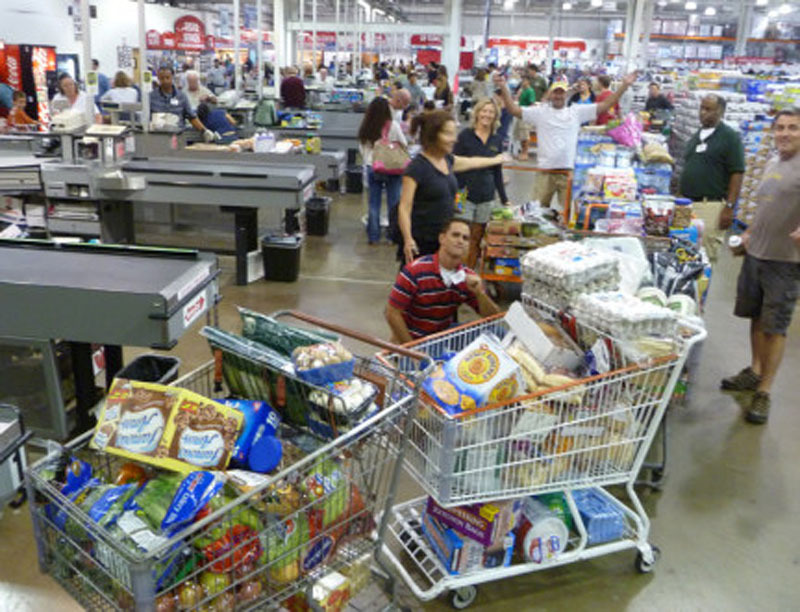
These stores have almost everything you want. But there are still a few gringo favorites they don’t carry. If you’re a Mexico vet, we’d love it if you’d share a list of the few things that are hard to come by in Mexico. Email the Poobah at [email protected].
Hey, do you realize that it’s only about three months to the start of the 25th annual Baja Ha-Ha?
The Reed Boat Expedition
"Reed boat does not take you where you want to go. Reed boat takes you where you should go, accompanied by the nature."
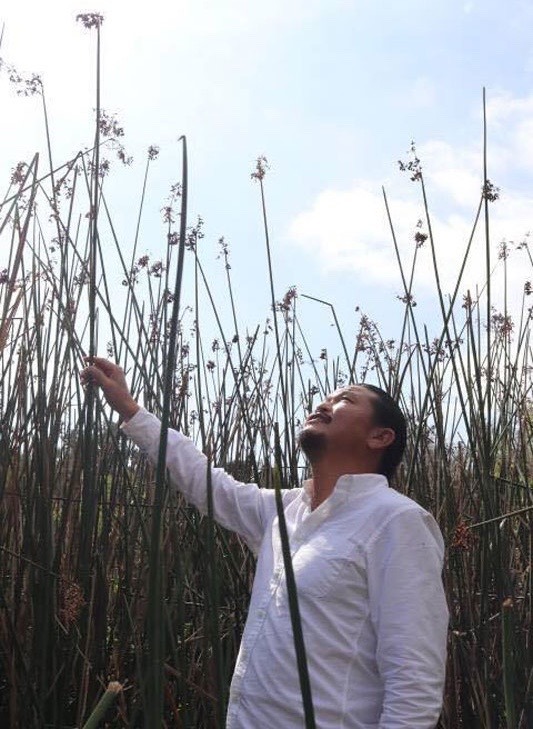
Last night at Spaulding Marine Center, Captain Jin Ishikawa stood in front of about 20 people with a laptop and projector. On the floor in front of him was a tight bundle of reeds woven into a roughly 6-ft boat shape, which he had helped build early that day with the Spaulding summer kids camp.
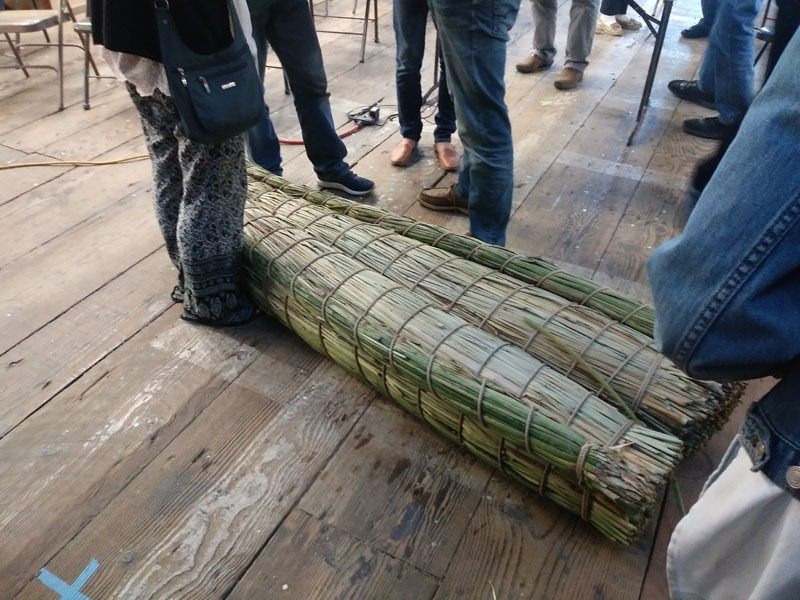
©2018 Latitude 38 Media, LLC
Ishikawa was sharp and engaging, and the story of his travels — and how he came to be in the Bay Area to build a 60-ft reed boat that will cross the Pacific — was deeply inspiring. Jin described himself as an explorer; as a young man in the late ’80s, he backpacked through North America, Southern India and East Africa. "I went to India, and like every other tourist, it changed my mind. I don’t know why. I suddenly wanted to see the indigenous people of the world. I went to Kenya and Tanzania, wondering, what is the ‘happy life?’ And on the other hand, what is the death? What is the fear of death? I walked on the border of the two."
In 1990-1991, Jin bought two camels and crossed the Sahara by himself, an almost 1,700-mile trip that took six months, where Ishikawa "explored the philosophy of death or life." After the "hot place," Jin wanted to explore a "cold place," and ended up living with the Inuit in Point Barrow on the northernmost tip of Alaska, where he joined in the building of an umiak, a type of open skin boat. After the hot and cold place, Ishikawa went to the Colombian jungle and traveled some 500 miles on the Orinoco River in a dugout canoe. In 1995, he went to "the high place" in Lake Titicaca, where he first encountered the reed boat. "I always travel by local means. In the ‘high place,’ I first planned to use a burro; I even had a poncho. But when I saw the reed boat, it changed my mind."
In 1998-99, Ishikawa was part of a team of 10 people from seven countries who built a 100-ft reed boat in Alica, Chile. The crew "sailed" to the Marquesas over 88 days and almost 5000 miles. While the reed boats have sails, they travel in a type of controlled drift — not unlike Thor Heyerdahl’s Kon Tiki expedition. When asked about Heyerdahl last night, Ishikawa said "Ah, Thor. He is the master. He is my Yoda, my Obi Wan Kenobi."
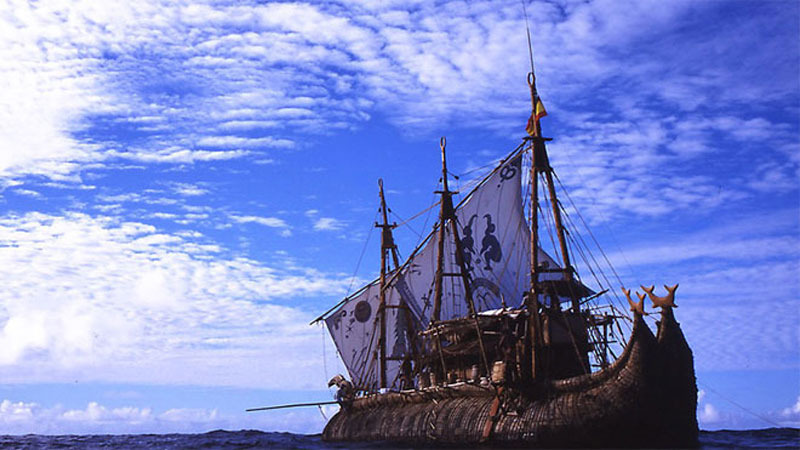
Jin would go on to build two more large, bluewater reed boats. In 2002, he built a vessel in Barcelona and voyaged to the Cape Verde Islands over 60 days and 1800 miles. In 2005, he built a reed "ship" in Japan and traveled east to the Izu Islands over 13 days and 600 miles.

Ishikawa’s current boat will be built with reeds harvested from Rush Ranch in Suisun City, and the boat will be built near the Delta. Renowned yacht designer Jim Antrim has contributed some blueprints to the project. "I was always sort of interested in reed boats," Antrim told us. "My dad was out in California and read about reed boats; we watched a replica of a canoe that the Indians used being built."
We will be reporting on this project as it comes together over the next year. If you’re interested in finding out more, or making a donation, go to Jin’s website at www.jinishikawa.com.
"The journey, in which you don’t know where you go, seems reckless. But the journey is reminiscent of the feeling to entrust yourself to nature."
